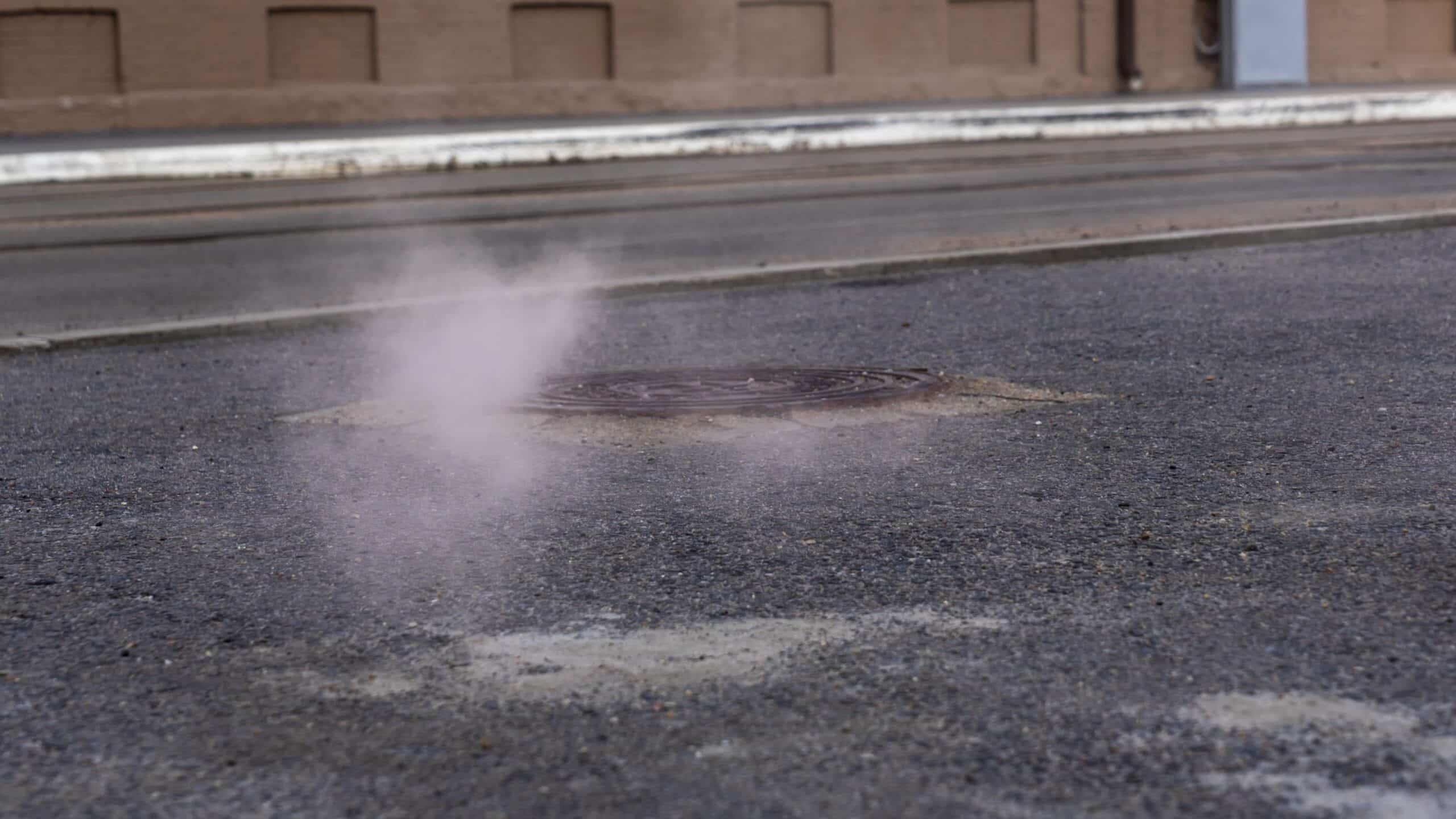

Articles
What Is A Smoke Test For Plumbing
Modified: October 28, 2024
Find out what a smoke test for plumbing is and how it can help you detect leaks and plumbing issues. Read our informative articles for more insights.
(Many of the links in this article redirect to a specific reviewed product. Your purchase of these products through affiliate links helps to generate commission for Storables.com, at no extra cost. Learn more)
Introduction
A smoke test is a valuable method used in the plumbing industry to detect leaks and identify potential issues within plumbing systems. It involves the use of artificial smoke to pinpoint areas where there may be cracks, faulty seals, or improper connections.
By introducing smoke into the system, plumbers can visually identify any leaks or problems that would otherwise be difficult to detect. This method is commonly employed during construction or renovation projects to ensure that the plumbing system is functioning properly before occupancy.
In this article, we will explore the concept of a smoke test for plumbing in more detail, including its purpose, how it works, the equipment required, and the benefits of conducting such a test. By understanding the importance of smoke testing, homeowners and professionals alike can ensure the integrity of their plumbing systems and prevent potential issues down the line.
Key Takeaways:
- Smoke testing is a non-toxic, cost-effective method for detecting hidden plumbing issues, such as leaks, faulty seals, and venting problems, ensuring early problem identification and efficient troubleshooting.
- Conducting a smoke test for plumbing offers benefits such as leak detection, cost savings, compliance with regulations, enhanced system performance, and peace of mind, making it a proactive approach to maintaining a well-functioning plumbing system.
Read more: What Is A Hydrostatic Plumbing Test
What is a smoke test?
A smoke test is a diagnostic technique used in the plumbing industry to identify leaks, blockages, and other faults in a plumbing system. It involves introducing a non-toxic, artificial smoke into the system to detect any areas where the smoke escapes, indicating a potential problem.
The smoke used in the test is usually generated by a smoke machine or a smoke emitter. These devices produce a dense, white smoke that can easily penetrate through plumbing pipes, fittings, and fixtures. The smoke is completely safe and non-toxic, posing no harm to humans or animals.
When the smoke is introduced into the plumbing system, it will travel through the pipes and escape through any openings, cracks, or faulty connections. Plumbers can visually observe the areas where the smoke emerges to pinpoint the exact location of the issue.
Smoke testing is commonly used in a variety of scenarios, including new construction projects, renovations, and troubleshooting existing plumbing systems. It is especially useful for detecting hidden leaks or problems that may not be immediately visible or accessible.
By conducting a smoke test, plumbers can quickly and accurately identify potential issues in the plumbing system, enabling them to take necessary measures to rectify the problems and ensure the proper functioning of the system.
Next, we will explore the importance of conducting a smoke test for plumbing and why it is necessary in various situations.
Why is a smoke test needed for plumbing?
A smoke test is an essential diagnostic tool in the plumbing industry for several reasons. Let’s explore why a smoke test is needed and its benefits in different plumbing scenarios:
1. Leak detection:
One of the primary reasons to conduct a smoke test is to detect leaks in a plumbing system. Even small leaks can cause significant water damage over time, leading to mold growth, structural issues, and increased utility bills. A smoke test can pinpoint the exact locations where smoke escapes, indicating potential leaks that need to be promptly repaired.
2. Hidden plumbing issues:
Plumbing systems often have hidden components, such as pipes within walls, under floors, or in crawl spaces. These areas can be difficult to access for inspection. A smoke test helps reveal any hidden issues, such as improperly connected pipes, cracked fittings, or faulty seals, allowing plumbers to address them before they escalate into more significant problems.
Read more: How To Remove A Plumbing Test Ball
3. Post-construction evaluation:
After the installation of new plumbing systems during construction or renovation projects, a smoke test is crucial to ensure that everything is properly connected and functioning as intended. This test can identify any installation errors, such as incomplete seals or missing connections, before the project is completed, saving time, money, and potential headaches down the line.
4. Odor detection:
Unpleasant odors in a building can often be traced back to plumbing issues. A smoke test can help locate the source of these odors, such as sewer line leaks or venting problems. By identifying and rectifying the root cause, the odor issues can be resolved effectively.
5. Compliance with regulations:
In some areas, smoke testing may be required to comply with local plumbing codes and regulations. By conducting a smoke test, property owners can ensure that their plumbing systems meet the necessary standards and avoid any legal or regulatory issues.
Overall, a smoke test is needed for plumbing to detect leaks, identify hidden issues, evaluate post-construction installations, identify odors, and comply with regulations. By utilizing this diagnostic technique, plumbers can provide efficient and effective solutions, ultimately improving the performance and longevity of the plumbing system.
How does a smoke test work?
A smoke test works by introducing artificial smoke into the plumbing system to identify leaks, blockages, or other faults. Let’s explore the step-by-step process of conducting a smoke test:
Read more: How To Pressure Test Pool Plumbing
1. Preparation:
Before starting the smoke test, it is crucial to prepare the plumbing system. All drains, sinks, and toilets should be securely plugged or covered to prevent the smoke from escaping through them. Additionally, access points, such as cleanouts or vent stacks, should be opened to allow the smoke to enter the system.
2. Smoke generation:
The next step involves generating the smoke. A smoke machine or smoke emitter is typically used for this purpose. These devices heat up a special smoke fluid, producing a dense, white smoke that is safe and non-toxic. The smoke is then introduced into the plumbing system through the open access points.
3. Observing smoke patterns:
As the smoke enters the plumbing system, it will travel through the pipes, fittings, and fixtures. Plumbers closely observe the smoke patterns to identify any areas where the smoke escapes, indicating possible leaks or issues. The smoke may seep out of cracks, faulty seals, loose connections, or even through vent stacks or roof penetrations.
4. Visual inspection:
Once the smoke test is underway, plumbers visually inspect the entire plumbing system, including visible pipes and fixtures. They look for any signs of smoke outside of the system, such as in walls, ceilings, or crawl spaces, which may indicate hidden leaks or faulty plumbing connections.
Read more: What Is Plumbing?
5. Recording findings:
Throughout the smoke test, plumbers carefully document their findings, marking the locations where smoke escapes or any other issues discovered. This information serves as a guide for further investigation or repairs.
6. Addressing identified issues:
After completing the smoke test, plumbers can assess the identified issues and develop appropriate solutions. This may involve repairing leaks, replacing faulty connections, or making adjustments to ensure the proper functioning of the plumbing system.
By following this step-by-step process, a smoke test allows plumbers to visually and accurately identify leaks, blockages, and other plumbing system issues, enabling them to take the necessary corrective actions to ensure optimal performance.
Equipment required for a smoke test
To conduct a smoke test for plumbing, several specialized tools and equipment are necessary. Let’s explore the essential equipment required for a successful smoke test:
1. Smoke machine or smoke emitter:
The core component of a smoke test is a smoke machine or smoke emitter. These devices generate artificial smoke by heating a smoke fluid. The smoke machine produces a thick, white smoke that can easily penetrate the plumbing system and detect any leaks or faults. Smoke emitters are handheld devices that emit a smaller amount of smoke and are ideal for testing specific areas or individual fixtures.
Read more: What Is Construction Materials Testing
2. Smoke fluid:
Smoke fluids are specially formulated liquids that produce non-toxic, dense white smoke when heated by the smoke machine. It is important to use high-quality smoke fluids to ensure safety and accurate results. These fluids are typically made from organic compounds and leave no residue or odor, making them safe for both humans and pets.
3. Plugs or covers:
Plugs or covers are used to seal off drains, sinks, and toilets during the smoke test. This prevents the smoke from escaping through these openings and ensures that the smoke remains confined within the plumbing system. Plugs and covers come in various shapes and sizes to fit different fixtures.
4. Access tools:
Access tools are needed to open and close cleanouts, vent stacks, or other access points in the plumbing system. These tools may include wrenches, screwdrivers, or specialized cleanout keys, depending on the type of access points present.
5. Protective gear:
While the smoke used in a smoke test is non-toxic, it is still important to wear protective gear to ensure safety. This may include gloves, safety goggles, and respiratory masks. These precautions help prevent any potential irritation or discomfort when working with the smoke and ensure the well-being of the plumbers.
Read more: What Is A Plumbing Fixture
6. Documentation tools:
During the smoke test, it is essential to document the findings accurately. This may involve using notepads, cameras, or smartphones to record the locations of smoke escapements or any other issues observed. Accurate documentation will guide further investigation or repairs after the smoke test is completed.
Having the necessary equipment for a smoke test is critical to ensure a thorough evaluation of the plumbing system and accurate identification of any issues. By utilizing these specialized tools, plumbers can conduct effective smoke tests and provide timely solutions to rectify any plumbing problems discovered.
Conducting a smoke test for plumbing
Conducting a smoke test for plumbing involves several steps to ensure a thorough evaluation of the system and accurate detection of leaks and faults. Let’s explore the process of performing a smoke test:
Read more: How To Pressure Test Pool Plumbing
1. Preparation:
Before initiating the smoke test, it is essential to prepare the plumbing system. All drains, sinks, and toilets should be tightly sealed or covered to prevent the smoke from escaping through them. This can be done using specific plugs or covers designed for different fixtures. Additionally, access points, such as cleanouts or vent stacks, should be opened to allow the smoke to enter the system.
2. Smoke machine setup:
If using a smoke machine, set it up according to the manufacturer’s instructions. Ensure that the smoke fluid reservoir is filled, and all connections are secure. It is important to choose a suitable smoke fluid based on the system size to generate enough smoke for proper testing.
Read more: What Is A Stoppage In Plumbing
3. Introduce smoke into the system:
Start the smoke machine or trigger the smoke emitter and introduce the smoke into the plumbing system through the open access points. The smoke will travel through the pipes, fittings, and fixtures, revealing any areas where it escapes through leaks or faulty connections.
4. Observe and document smoke patterns:
As the smoke enters the plumbing system, closely observe the smoke patterns. Look for any areas where the smoke is visible outside of the system, such as cracks in walls, ceilings, or floors. It is important to document the locations where smoke escapes and any other issues discovered during the test. This documentation will serve as a reference for further investigation and repairs.
5. Visual inspection:
Conduct a thorough visual inspection of the entire plumbing system, including visible pipes, fittings, and fixtures. Look for signs of smoke outside of the system and examine each component for any visible leaks, cracks, or other faults that may require attention.
6. Addressing identified issues:
After completing the smoke test and documenting the findings, it is time to address the identified issues. This may involve repairing leaks, replacing faulty seals or connections, or making any necessary adjustments to ensure the plumbing system is functioning properly. It is essential to prioritize and address the issues promptly to prevent further damage or complications.
By following these steps and utilizing the proper equipment, conducting a smoke test for plumbing can provide valuable insights into the integrity and performance of the system. The test allows for the early detection and resolution of leaks and faults, minimizing the risk of water damage and ensuring the optimal functioning of the plumbing system.
Read more: What Is Plastic Plumbing
Common issues identified during a smoke test
A smoke test is an effective way to identify various issues within a plumbing system. By observing the smoke patterns and areas of smoke escapement, plumbers can pinpoint specific issues that require attention. Here are some common problems that can be detected during a smoke test:
1. Leaky pipes:
Smoke testing can reveal leaks in plumbing pipes. Whether it is a small crack, a loose connection, or a deteriorated pipe joint, the smoke will escape from the affected area, indicating a leak. Identifying and repairing leaks is crucial to prevent water damage, mold growth, and increased water bills.
2. Faulty seals:
Smoke testing can uncover faulty or incomplete seals around plumbing fixtures, such as toilets, sinks, or shower drains. If the seal is not watertight, the smoke will escape through the gaps, alerting plumbers to the need for resealing or replacing the seals.
3. Venting issues:
Proper venting is vital for the efficient and safe operation of a plumbing system. A smoke test can identify problems with vent stacks, including clogs, blockages, or improper installation. Poor venting can lead to slow drainage, gurgling sounds, or foul odors within the plumbing system.
Read more: What Is A Rough In Plumbing
4. Sewer line problems:
A smoke test can also help identify issues within the main sewer line, such as cracks, breaks, or faulty connections. The smoke may escape through openings in the sewer line, indicating the need for timely repairs or replacements.
5. Improper drain connections:
During a smoke test, plumbers can visually inspect the drain connections of fixtures, such as sinks, showers, or bathtubs. Incorrect or poorly installed drain connections may cause leaks or odors. The smoke test will reveal any issues and allow for corrective measures to be taken.
6. Hidden issues:
Smoke testing is particularly effective in detecting hidden plumbing issues. It can uncover leaks or faults in areas that are not easily accessible, such as within walls, under floors, or in crawl spaces. Detecting these hidden issues early on can prevent major damage and expensive repairs in the future.
By conducting a smoke test, plumbers can efficiently identify these common issues in a plumbing system. This allows for prompt repairs and preventative measures to ensure the proper functioning and longevity of the system.
Benefits of conducting a smoke test for plumbing
Conducting a smoke test for plumbing offers numerous benefits for homeowners, property owners, and plumbing professionals. Let’s explore the advantages of incorporating a smoke test into plumbing inspections and maintenance:
1. Leak detection:
A smoke test is an effective method for detecting leaks in a plumbing system. It can identify even the smallest leaks that may go unnoticed through conventional inspection methods. By pinpointing the exact locations of leaks, prompt repairs can be made to prevent further water damage and associated issues.
2. Early problem identification:
A smoke test can uncover hidden issues within a plumbing system, including faulty seals, improper connections, or venting problems. By identifying these issues early on, proactive measures can be taken to address them before they escalate into more significant and costly problems.
3. Cost-effective solution:
Smoke testing is a relatively affordable diagnostic technique that provides substantial cost savings in the long run. By detecting plumbing issues early and preventing extensive water damage, homeowners and property owners can avoid costly repairs, mold remediation, and potential insurance claims.
4. Efficient troubleshooting:
When troubleshooting plumbing issues, a smoke test can significantly reduce the time and effort required to identify the source of problems. The smoke visually guides plumbers to the exact locations of faults, streamlining the diagnosis process and minimizing unnecessary exploratory work.
5. Compliance with regulations:
In some jurisdictions, smoke testing is a mandatory requirement to meet local plumbing codes and regulations. By conducting a smoke test, property owners can ensure compliance, avoiding any potential legal issues or penalties and ensuring the safety and functionality of their plumbing systems.
6. Enhanced system performance:
A smoke test allows for the comprehensive evaluation of a plumbing system, ensuring that it is operating at its best. Addressing leaks, faulty seals, venting issues, or improper drain connections can significantly improve system performance, resulting in better water flow, reduced odors, and increased overall efficiency.
7. Peace of mind:
By conducting a smoke test, homeowners and property owners gain peace of mind knowing that their plumbing system is in good condition. It provides confidence in the integrity of the system, minimizing the risk of unexpected issues, water damage, or disruptions to daily life.
In summary, conducting a smoke test for plumbing offers multiple benefits, including leak detection, early problem identification, cost savings, efficient troubleshooting, compliance with regulations, enhanced system performance, and peace of mind. By incorporating this diagnostic technique, homeowners and property owners can ensure the longevity, reliability, and optimal functioning of their plumbing systems.
Conclusion
A smoke test is a powerful diagnostic tool that plays a crucial role in the plumbing industry. By introducing artificial smoke into the plumbing system, plumbers can accurately identify leaks, blockages, faulty seals, improper connections, and other issues that may be hidden or difficult to detect through other methods. This helps prevent water damage, mold growth, unpleasant odors, and potentially costly repairs.
Throughout this article, we have explored the concept of a smoke test for plumbing in detail, understanding its purpose, the equipment required, and the step-by-step process of conducting a smoke test. We have also highlighted the importance of smoke testing, its benefits, and the common issues that can be identified during the test.
By conducting a smoke test, homeowners, property owners, and plumbing professionals can ensure the integrity, efficiency, and safety of the plumbing system. Early detection of leaks and faults allows for prompt repairs, minimizing the risk of extensive damage and associated expenses. Compliance with regulations and the peace of mind that a smoke test provides are additional advantages.
In conclusion, incorporating a smoke test into plumbing inspections and maintenance is a proactive approach to ensuring a well-functioning plumbing system. By identifying and addressing issues early on, homeowners can avoid costly repairs, enhance system performance, and maintain the comfort and convenience of their properties. Plumbing professionals can utilize smoke tests to provide efficient and effective solutions for their clients, enhancing their reputation and customer satisfaction.
Remember, when it comes to your plumbing system, a smoke test can be an invaluable tool in maintaining its longevity and performance. So, don’t overlook the power of a smoke test when it comes to the health of your plumbing system.
Frequently Asked Questions about What Is A Smoke Test For Plumbing
Was this page helpful?
At Storables.com, we guarantee accurate and reliable information. Our content, validated by Expert Board Contributors, is crafted following stringent Editorial Policies. We're committed to providing you with well-researched, expert-backed insights for all your informational needs.
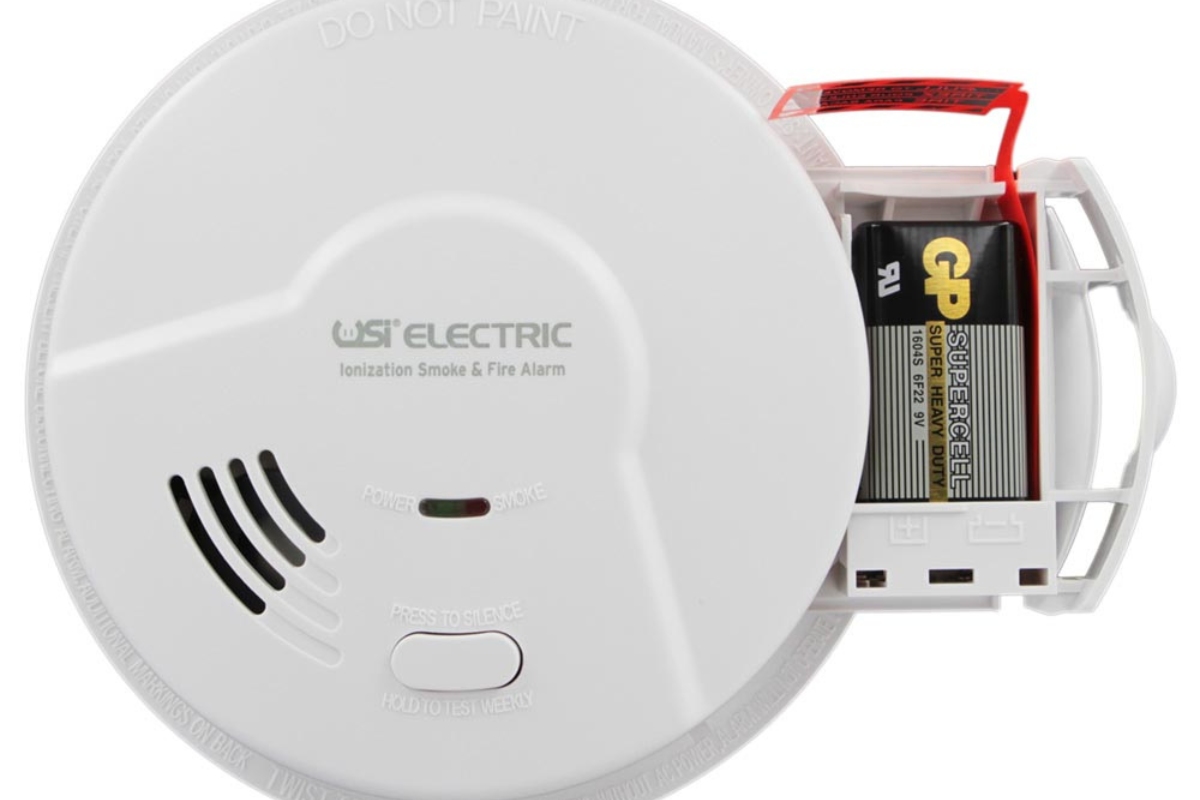
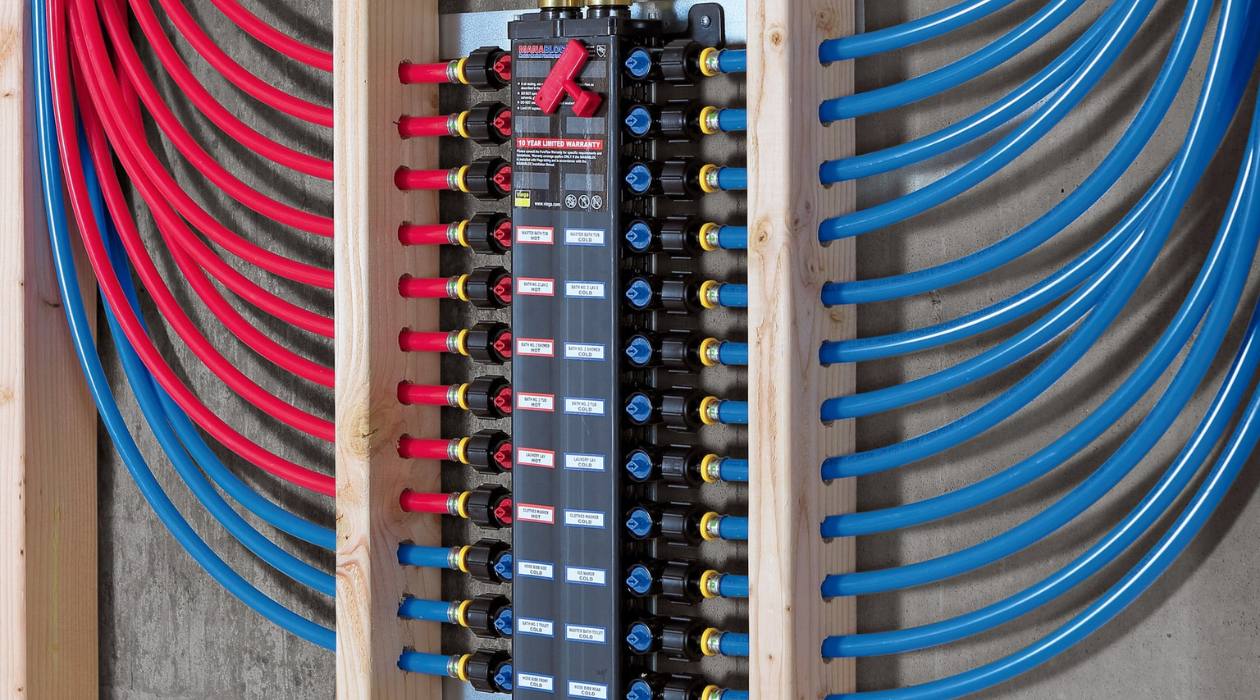
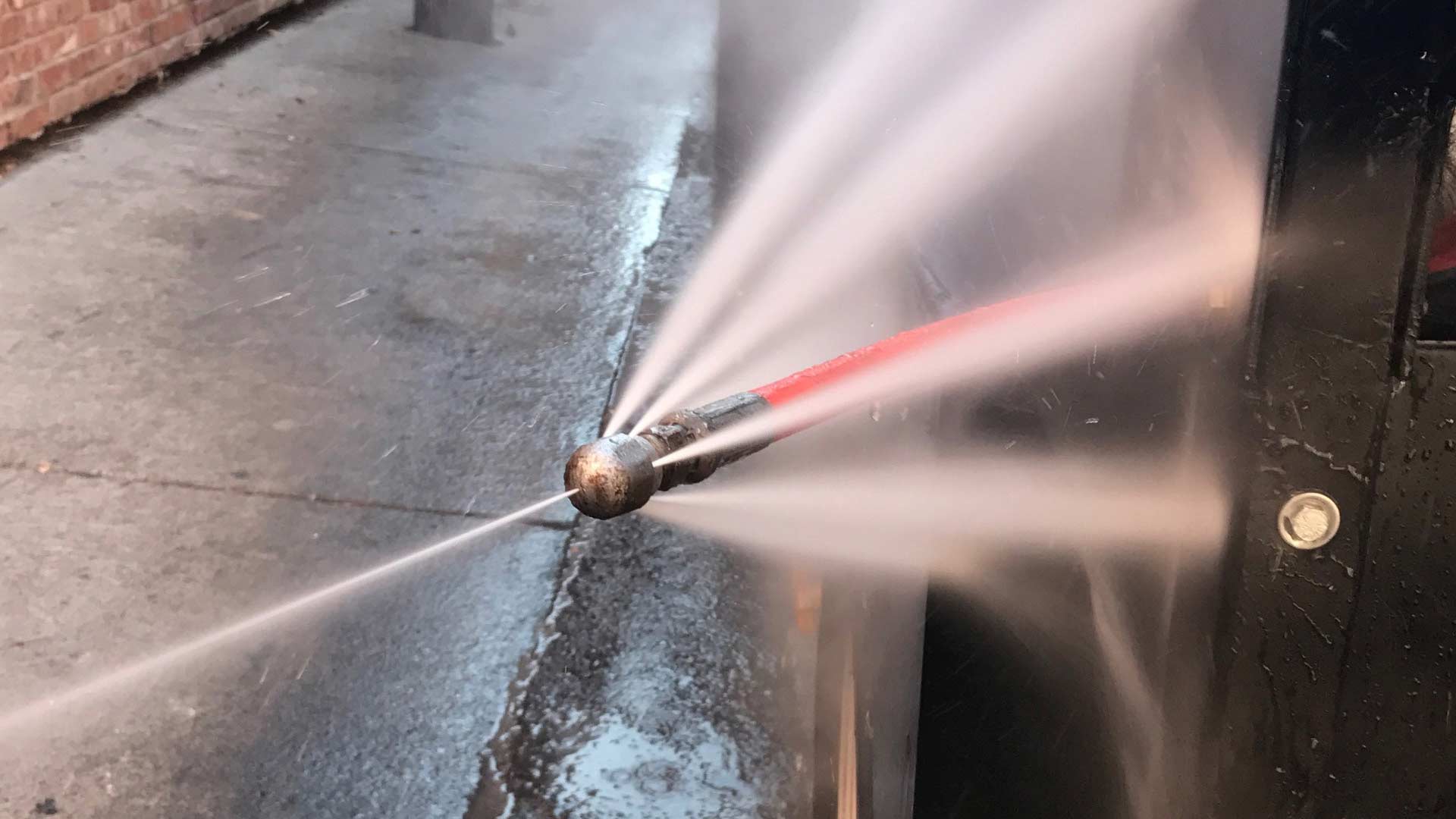
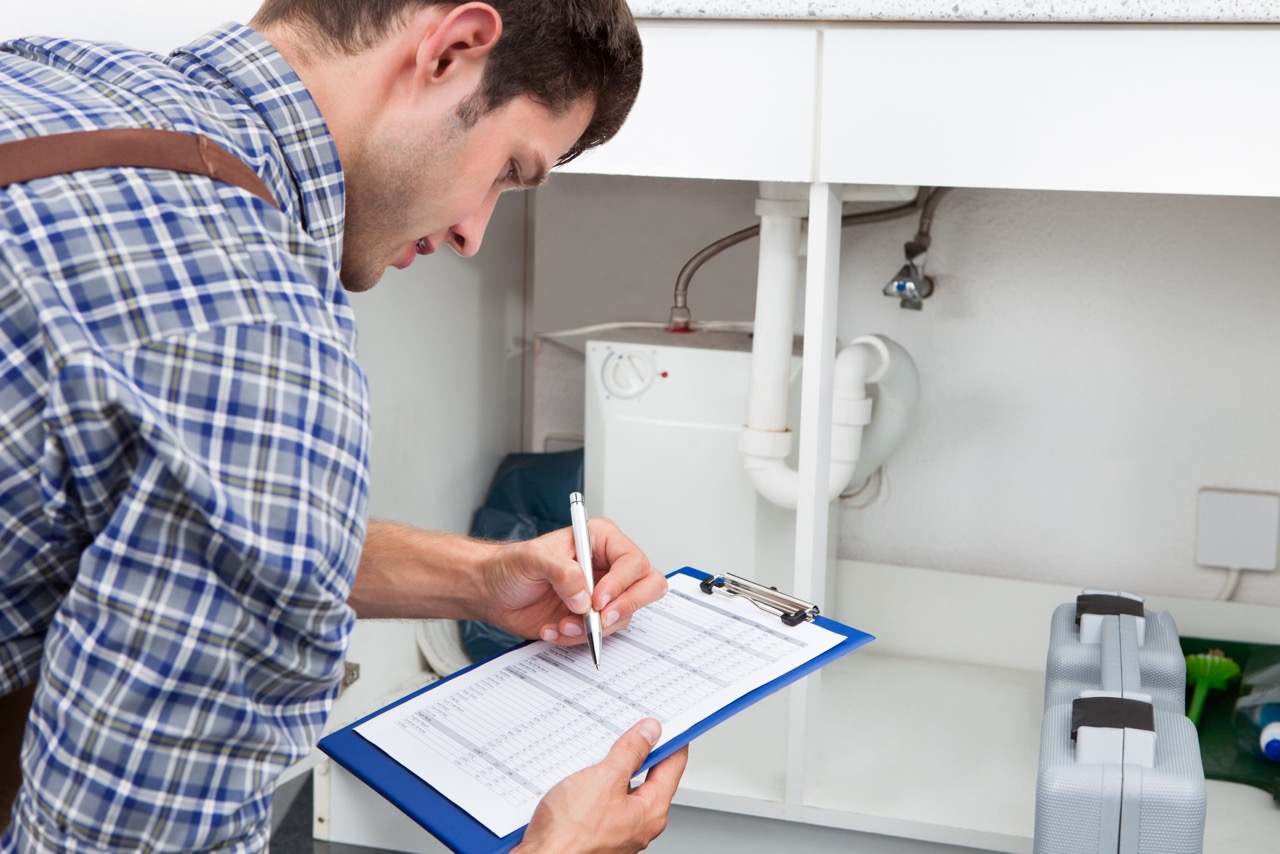
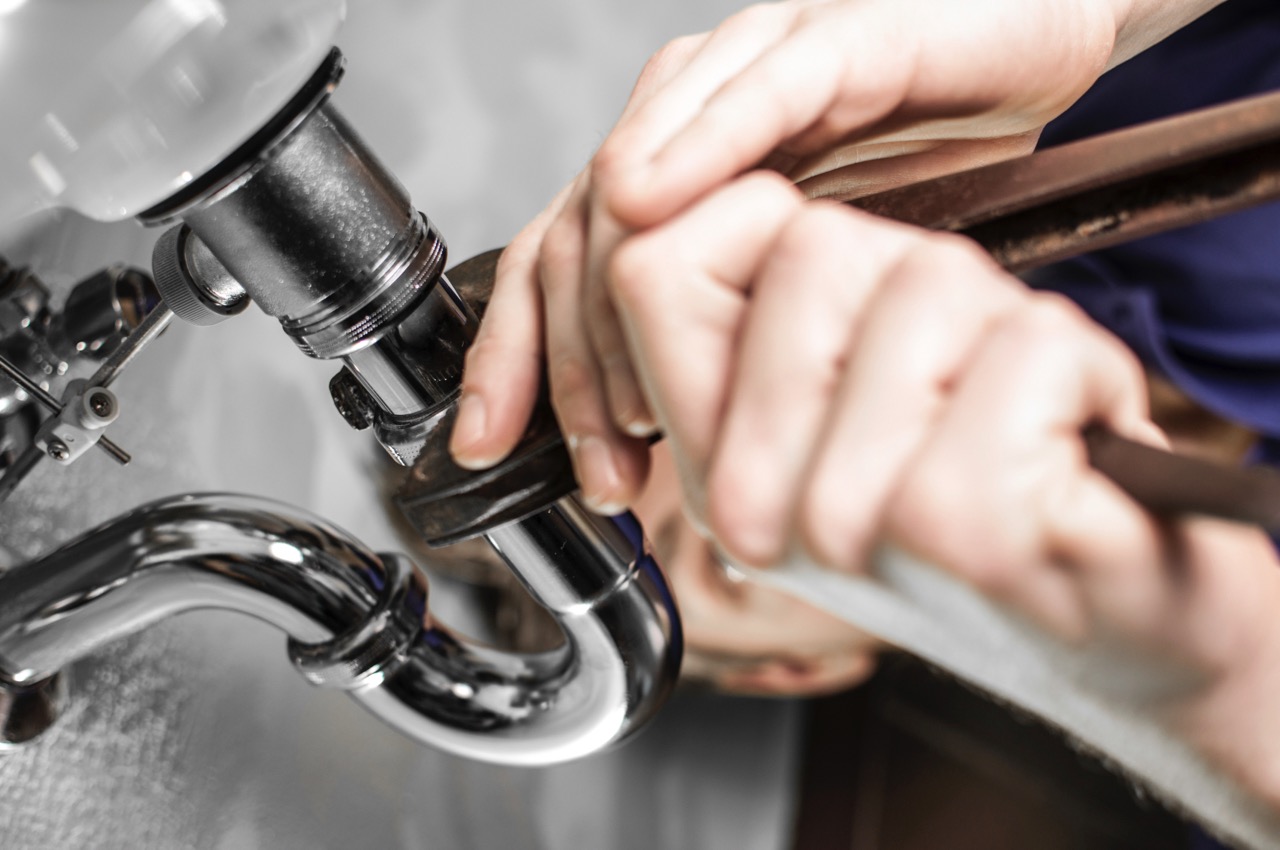

0 thoughts on “What Is A Smoke Test For Plumbing”